Data Analysis, Problem Solving and Digital Operations: Report Synopsis
VerifiedAdded on 2023/04/21
|6
|1289
|253
Report
AI Summary
This report is a synopsis of the Startup Muster Annual Report, focusing on data analysis, problem-solving, and digital operations within the Australian startup ecosystem. It begins with a foreword from the Minister for Industry, Science and Technology, highlighting the government's support for startups and introducing the Startup Muster's mission to assess the opportunities and challenges facing the Australian startup landscape. The report examines the growth and progress of the Startup Muster, detailing the methods used for data collection, which included an online survey with a large number of responses from founders, supporters, and potential initiators. The report's findings are presented using various visual methods, such as line graphs, pictorials, bar graphs, and pie charts, to analyze the profile of Australian startups, including their founders, founding teams, business profiles, funding, and future prospects. The report also critiques the presentation methods and discusses the data collection and management processes. The data was collected online, and then underwent a comprehensive post-survey validation and cleaning process to ensure accuracy and reliability. Overall, the report provides valuable insights into the current state and future of the Australian startup ecosystem.
1 out of 6
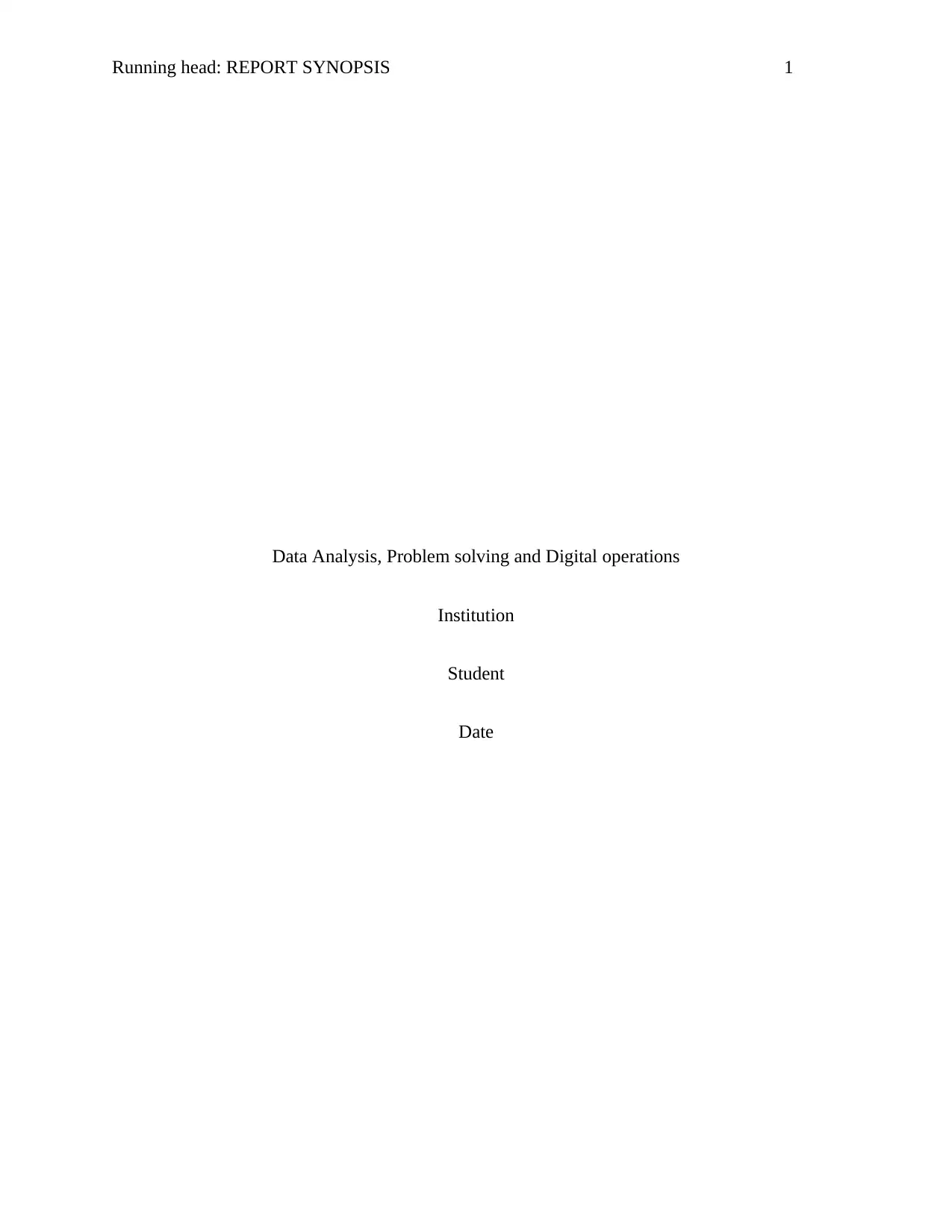
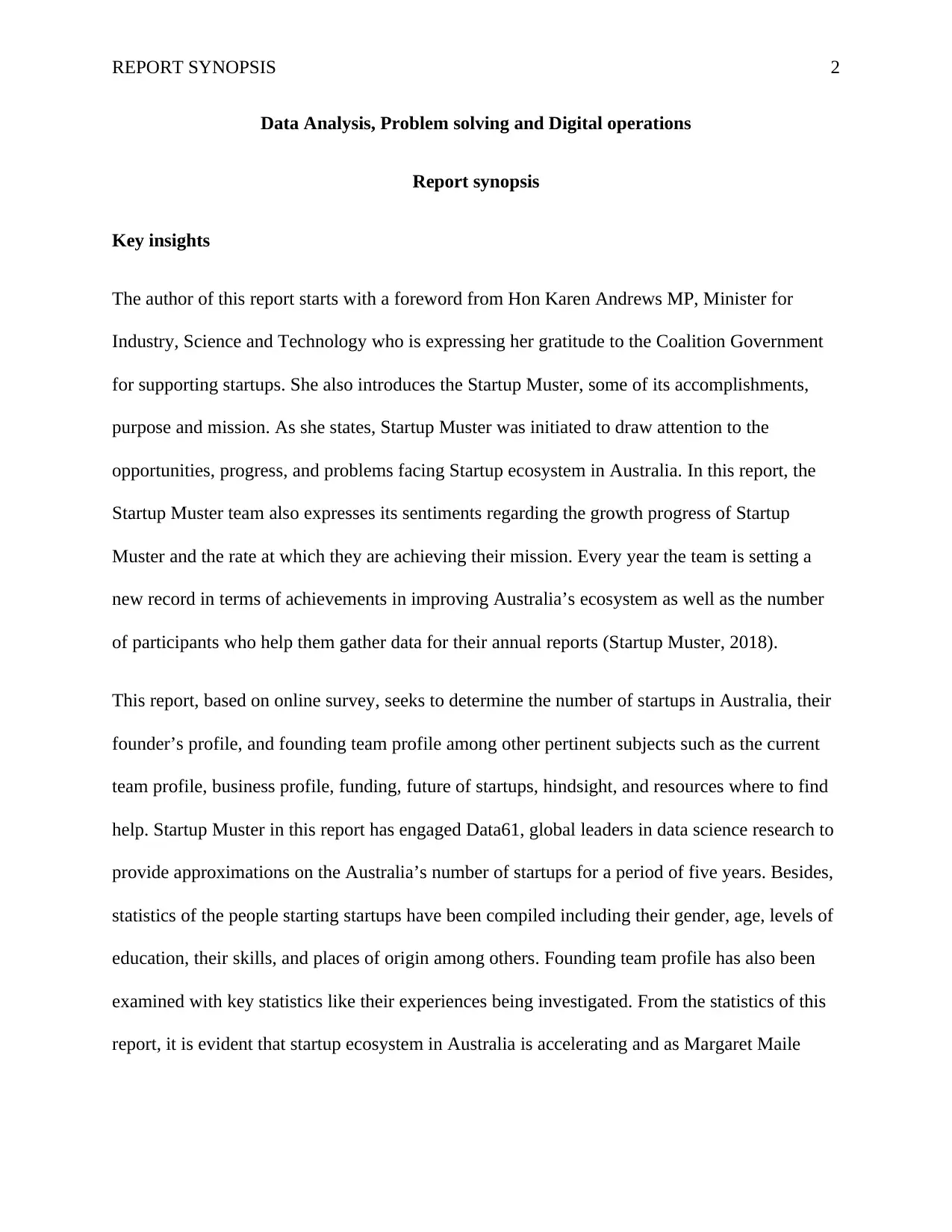
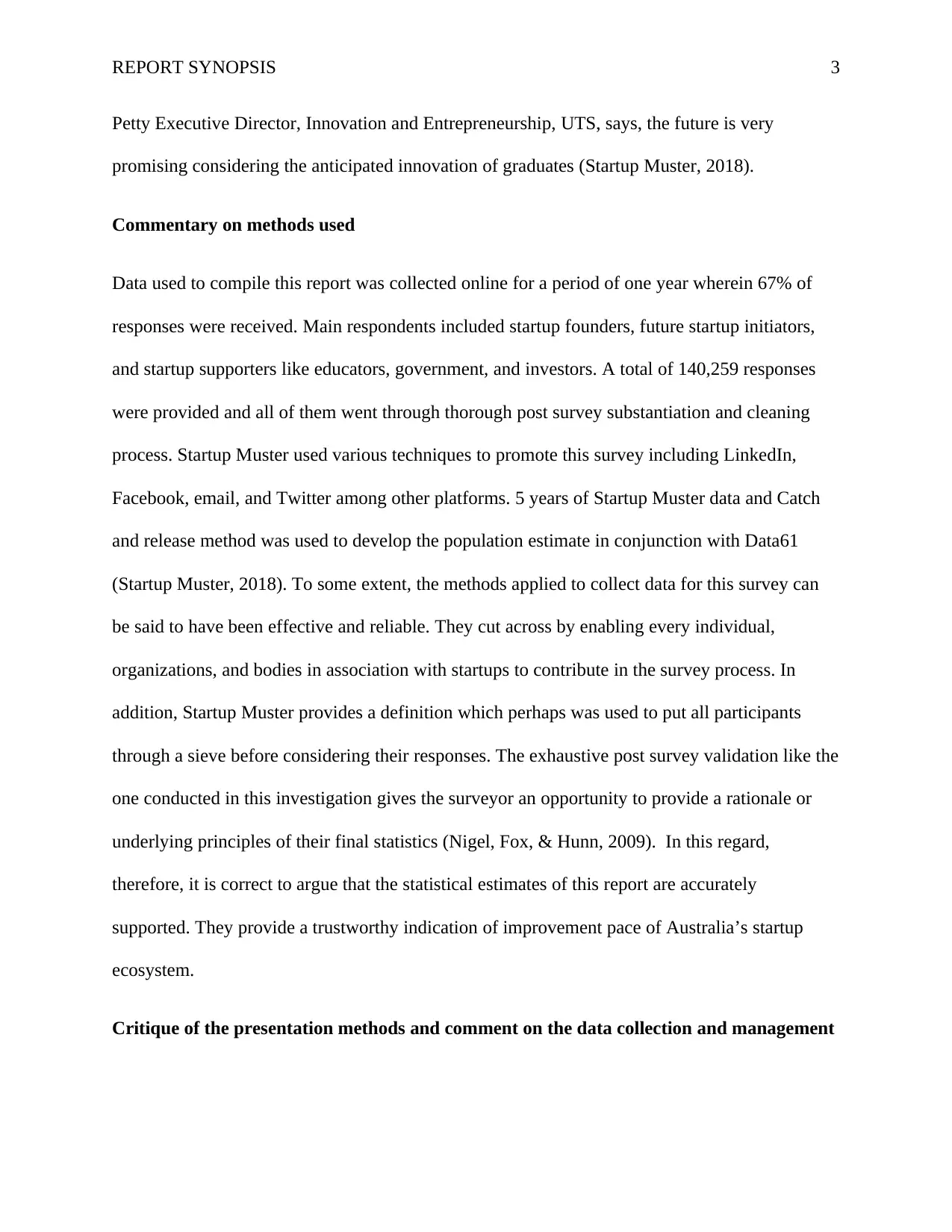

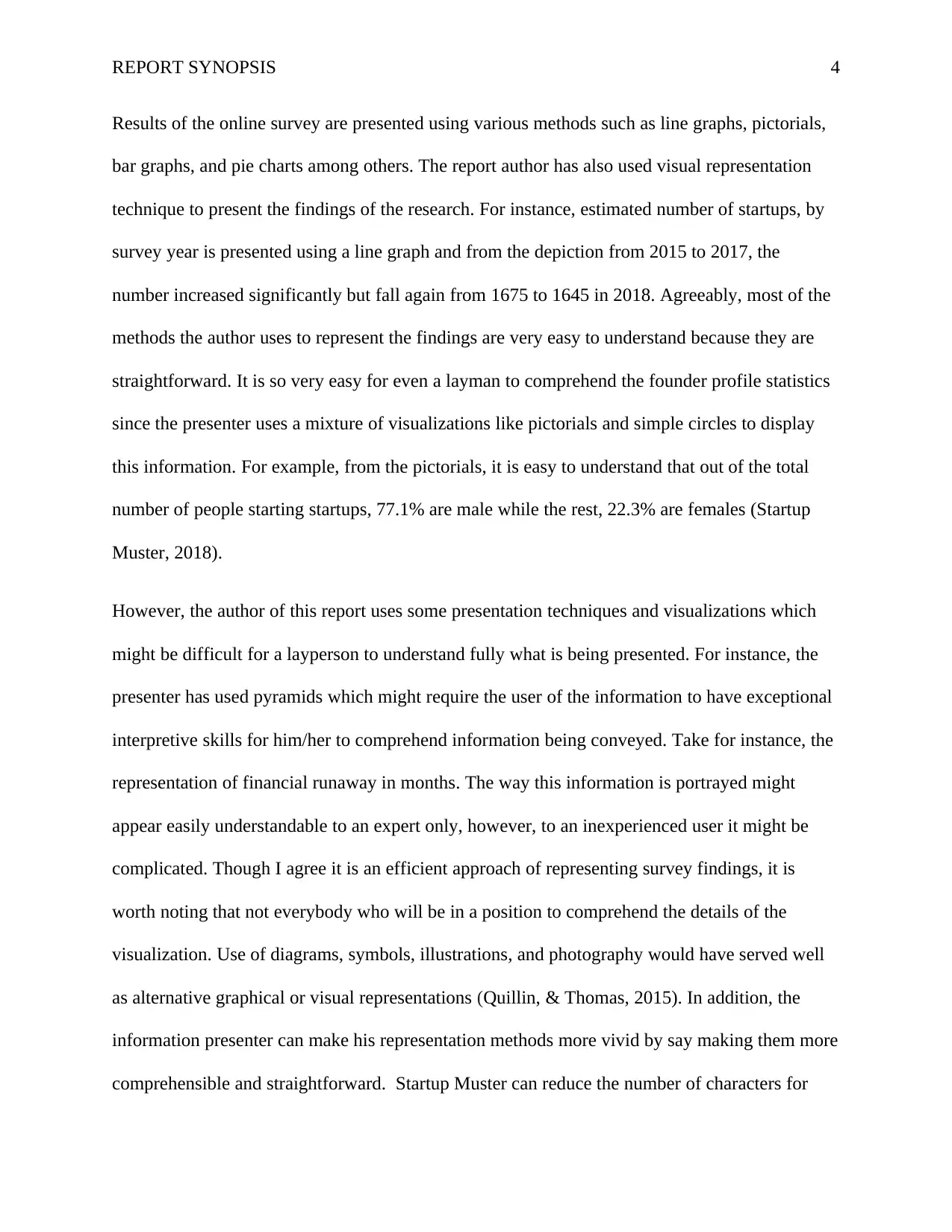
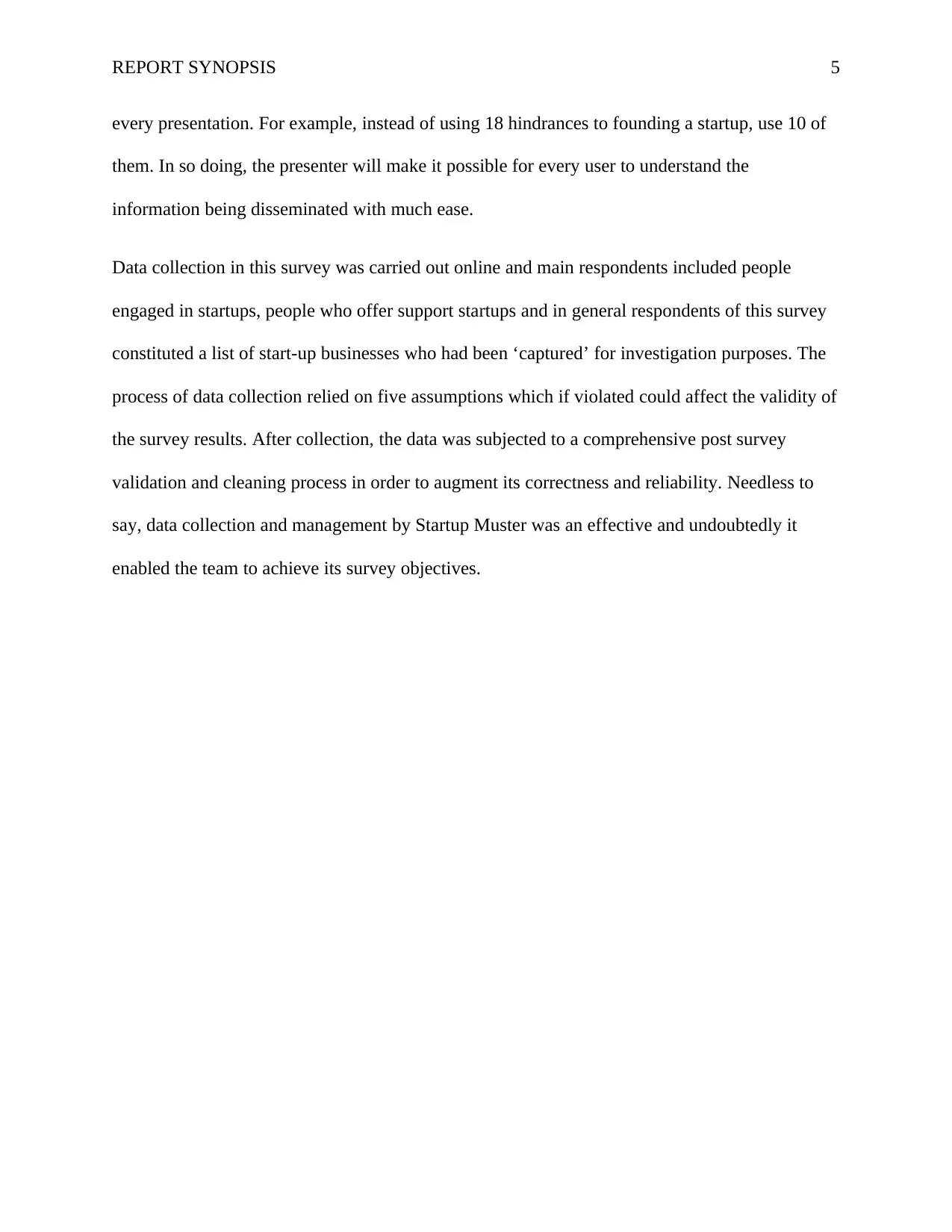
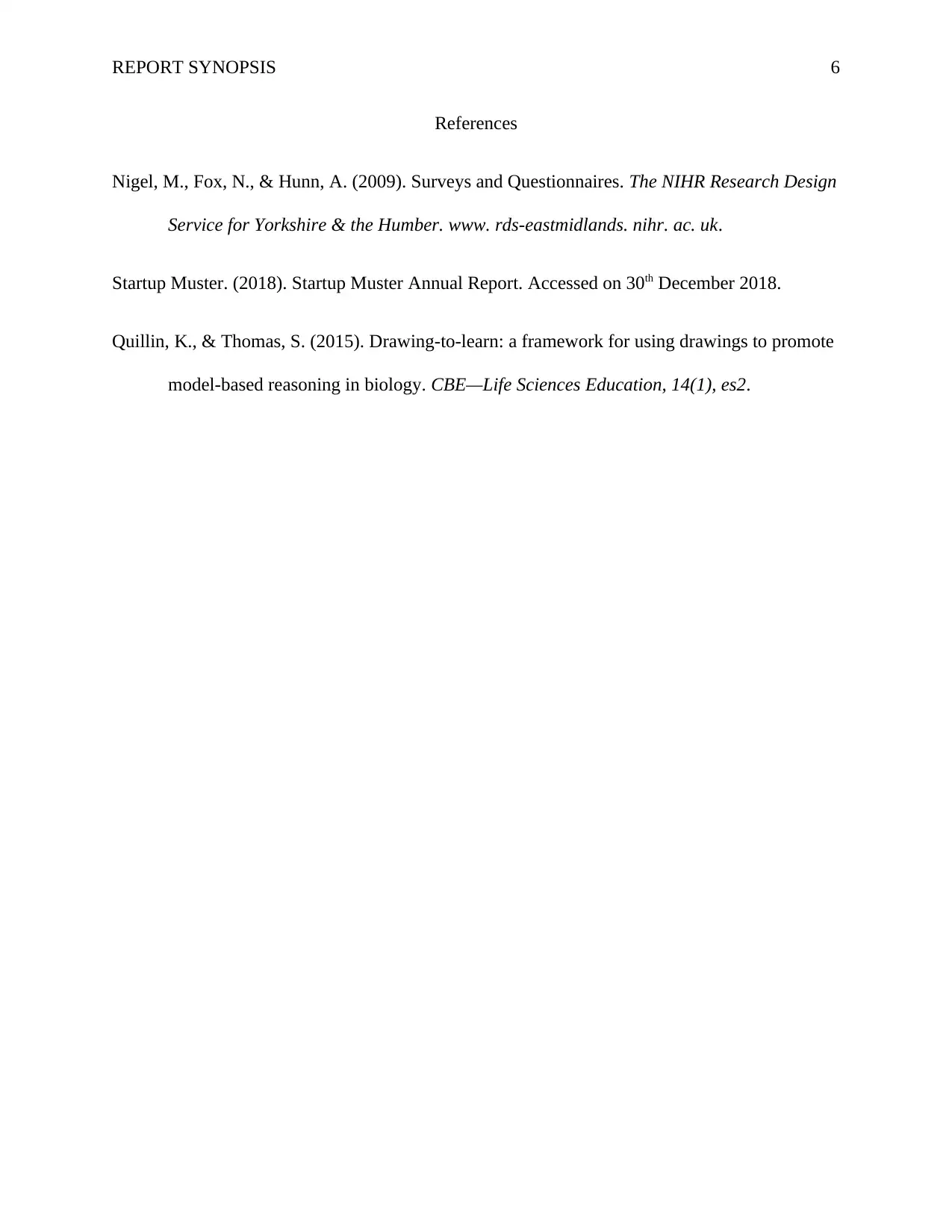


![[object Object]](/_next/static/media/star-bottom.7253800d.svg)